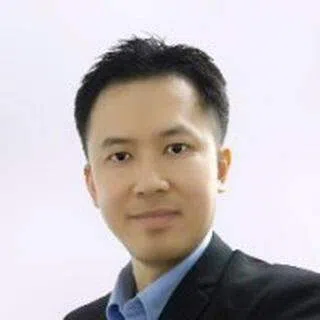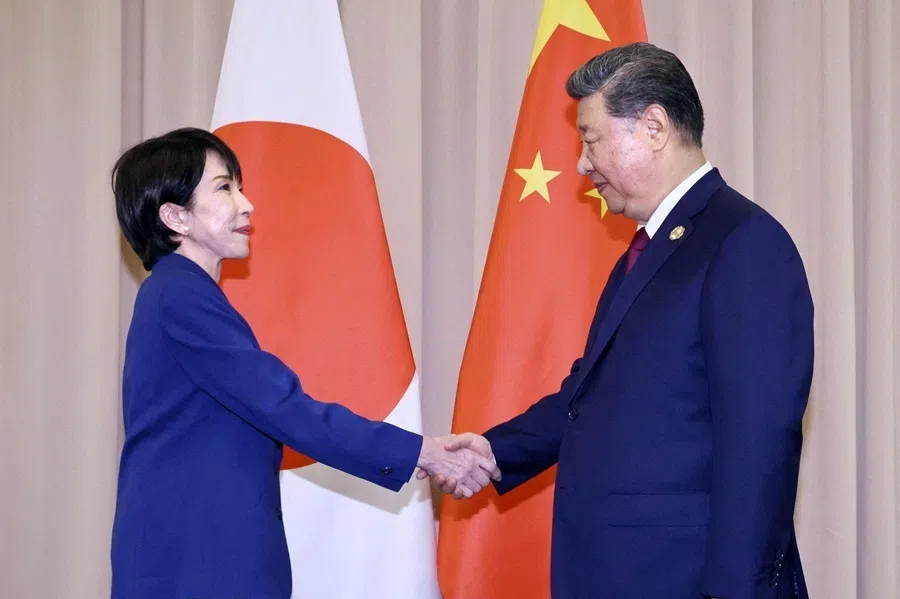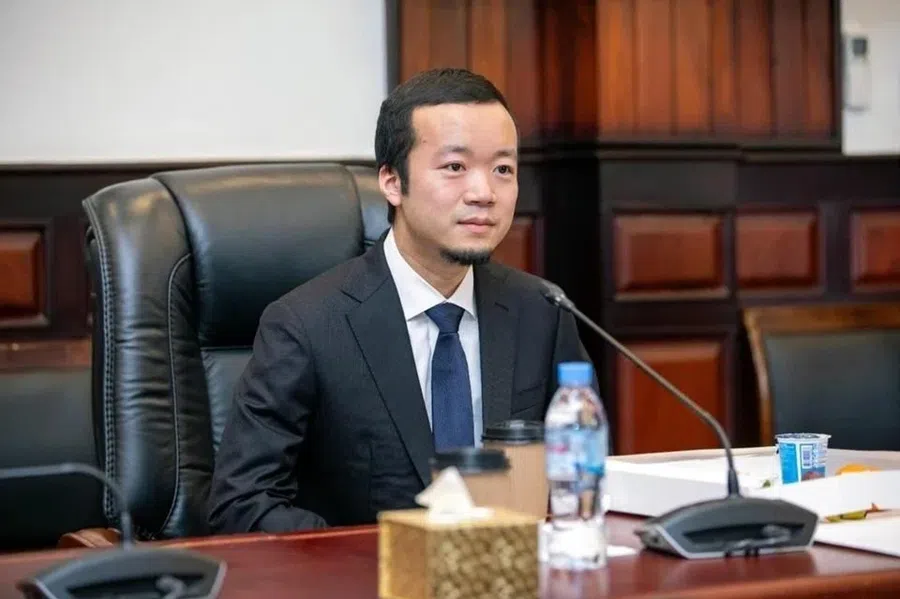Taiwan's crucial role in Southeast Asia's semiconductor rush
Southeast Asian countries like Vietnam, Malaysia and Singapore are welcoming shifts in the semiconductor supply chain with Taiwan's TSMC at its heart. Academics Karl Lee Chee Leong and Nur Shahadah Jamil examine the issue.
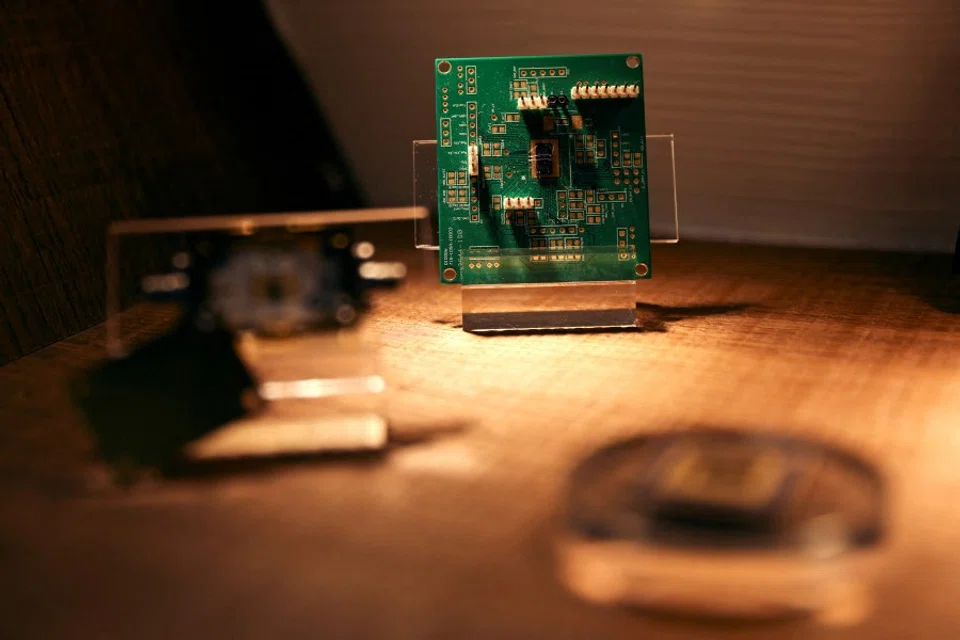
In what was the first positive news for the global semiconductor industry this year, Taiwan Semiconductor Manufacturing Company (TSMC) announced on 19 January that its revenues are expected to increase by 26% for the year 2024. This signals that the rise of generative artificial intelligence (AI) has given a boost to the chip sector since 2023.
With that announcement, major Asian stock markets rose, with South Korea's KOSPI, Australia's ASX, Hong Kong's Hang Seng, Taiwan's TAIEX and Japan's Nikkei 225 index gaining 1.1%, 0.8%, 0.5%, 0.33% and 1.6% respectively.
Chips the 'new oil'
Such developments certainly demonstrate the increasing clout of TSMC, the world's largest contract chipmaker in the coming AI age.
Whether it is electric and autonomous vehicles, big data analytics, robotics, education or healthcare, tiny chips remain the most important component that would allow these industries to keep growing in the coming years, and TSMC remains the jewel in the crown among chipmakers.
The company has the most advanced chipmaking capacity compared to other global competitors - manufacturing of 2-nm chips is starting this year and they are on track to produce 1.4-nm versions by 2028. Thus, it comes as no surprise that TSMC's forecast alone is sparking optimism among Asian stock markets.

While crude oil has been touted as the world's most important commodity for decades, the increasingly polarised global order - fuelled by the intense rivalry among major powers especially, the US and China - has elevated the importance of chips as the "new oil" in powering the next phase of AI-driven economic development sought by countries around the world.
Therefore, for Southeast Asian countries that are part of the semiconductor supply chain such as Malaysia, Singapore and Vietnam, the dawning of AI-driven economic growth is certainly an unprecedented opportunity not to be missed. In the past few years, we have witnessed a great rush for foreign semiconductor investments among these three countries in varying approaches.
Vietnam: proactive overtures
Southeast Asian states such as Malaysia, Singapore and Vietnam have their own approaches when it comes to jumping on the semiconductor bandwagon. The most ambitious of all is Vietnam, as evidenced by its proactive overtures on the diplomatic front and its desire to gain a foothold in different phases of the semiconductor industry.
... Vietnam has also made great strides in the semiconductor industry in the past few years.
As the most sought-after semiconductor partner for the "Chip 4" alliance due to its cheaper business costs, productive and dynamic manpower, proximity to China and its firm positioning as the "third party" of the US-China rivalry, Vietnam has worked towards forming strategic partnerships with all the four members of the group, namely, US, Japan, Taiwan and South Korea.
Among the notable partnerships which Vietnam has established since 2017 include the US-Vietnam Comprehensive Strategic Partnership in which Washington pledged US$2 million seed funding to Hanoi for running teaching labs and training courses related to semiconductor assembly, testing and packaging; Vietnam-Taiwan vocational training courses under Taipei's New Southbound Policy (NSP) in which thousands of Vietnamese students have taken part annually; and Japan-Vietnam future-oriented industrial cooperation which includes rare earth exploration needed by the semiconductor industry.
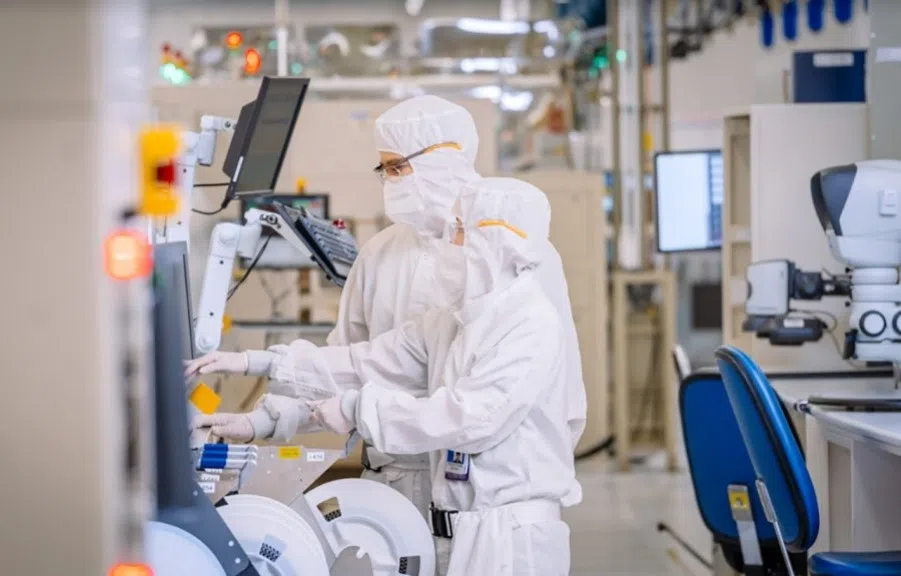
In fact, Vietnam has also made great strides in the semiconductor industry in the past few years. Despite being a latecomer in the industry, Hanoi has managed to manufacture its first-ever power management integrated circuit (PMIC) chips (or power chips) with the assistance of South Korea and Taiwan in 2022.
In December last year, renowned American graphics chipmaker Nvidia was reportedly keen to establish a chip design centre in Vietnam as part of its larger plan to set up a semiconductor base in the country. If this materialises, Vietnam is set to be elevated as a serious player in the upstream end of the global semiconductor supply chain.
Malaysia: attracting investors engaged in front-end processes
Interestingly for Malaysia, the country is relying more on its national policies to take advantage of the reorganisation (or securitisation) of supply chains rather than its recent semiconductor cooperation with the US - as evidenced by the bilateral memorandum of cooperation with Washington and the Indo-Pacific Economic Framework (IPEF).
As the world's sixth largest exporter of semiconductors in 2023 with local and international semiconductor players such as Inari, Unisem, Carsem, Intel and most recently, AS&T, Putrajaya is going back to the basics of creating a conducive ecosystem for foreign investors.
Apart from reforming the investment regulatory regime into a leaner and more transparent institution for foreign investors, the Malaysian government is also working on the country's national technical and vocational education training (TVET) policy despite decades of operating such programmes nationwide.
... semiconductor players that engage in front-end processes such as IC design and fabrication (manufacturing) of chips, are the ones high on the Malaysian government's list of targeted foreign investors.
Given these measures, the Malaysian government is looking beyond consolidating foreign investments within the assembly, testing and packaging phase of the semiconductor industry - which Malaysia is already well known for.
More importantly, Malaysia hopes to attract foreign companies that occupy the upstream and midstream phases of the semiconductor industry to set up companies and foundries in the country. In other words, semiconductor players that engage in front-end processes such as IC design and fabrication (manufacturing) of chips, are the ones high on the Malaysian government's list of targeted foreign investors.
Singapore: aspiring major semiconductor player in Southeast Asia
Singapore, meanwhile, is the only Southeast Asian country that occupies the highest part of the semiconductor supply chain.
Hosting midstream semiconductor chip makers such as GlobalFoundries (US), Singapore has become the host of mature node (legacy) chips' production of 28-nm and above. Moreover, with United Microelectronics (Taiwan) looking to manufacture 22-nm chips in the country, Singapore is well-positioned to rise further in the fabrication (manufacturing) phase of the semiconductor industry.

As of March 2023, the Singaporean government is trying to attract TSMC to manufacture 12-inch fab in the country through substantial subsidies such as free land, electricity and water supply, tax breaks and adequate manpower's assurance to the contract chipmaker.
While TSMC could find itself closer to its customers that are already based in the city-state, the Singaporean government is also banking on its excellent ecosystem and regulatory regime to circumvent the constraints coming from the country's high wages and scarcity of industrial land. Like Vietnam, it is obvious that Singapore has great aspirations of becoming a major semiconductor player in Southeast Asia.
Taiwan's indispensability
The technological prowess of TSMC and the intensification of Washington-led "de-risking" of China in the global supply chain, has no doubt made Taiwan an indispensable player in the semiconductor industry. As a matter of fact, Taipei has been quick to turn such newly found international visibility to its own advantage.
... Taiwan is looking to establish itself as a new IC design hub which ultimately consolidates its existing position as the world's top chip manufacturer.
On the domestic front, the Taiwanese government and chip giants have cooperated to establish new "chip schools" aimed at building a large pool of talents critically needed by the semiconductor industry. Beyond putting massive funding into training young Taiwanese, foreign students (including those from Southeast Asia) are also being offered scholarships either as exchange students to Taiwan or even, undertake full-time undergraduate and graduate studies in Taiwanese universities.
As of January 2024, nine chip academies have been established since the end of 2021, with National Taiwan University (NTU), National Cheng Kung University (NCKU) and National Sun Yat-sen University (NSYSU) among the universities hosting these schools.
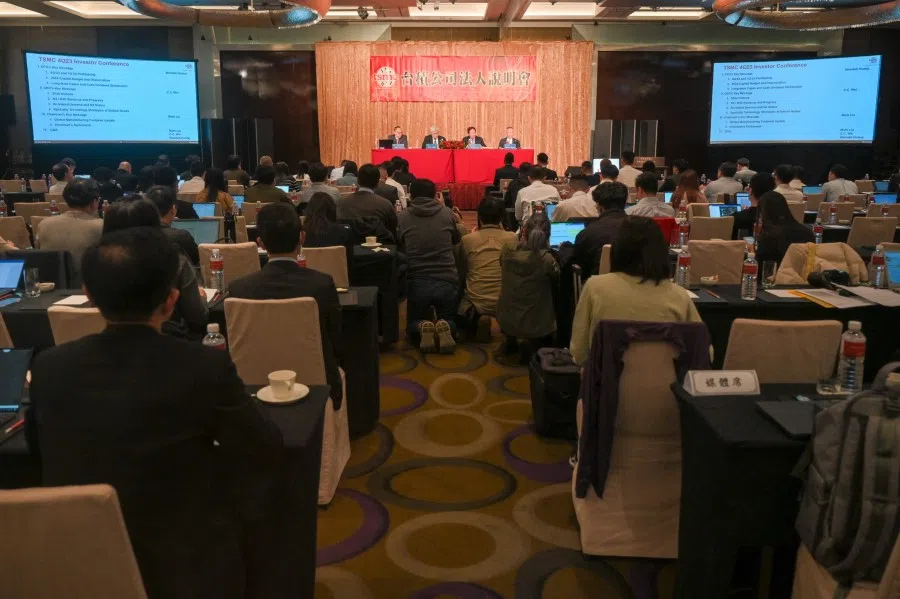
What is highly appealing to Southeast Asian countries, however, is Taiwan's decision to set up overseas training bases under a ten-year semiconductor innovation programme starting September 2023.
Initiated by the National Science and Technology Council (NSTC), the overseas training bases (with allocation of US$374.14 million) are expected not just to train foreign citizens on Taiwan's IC design system but, also to foster joint cooperation between Taiwanese and foreign companies as well as research institutions in applying generative AI to industrial development. Through such a bold initiative, Taiwan is looking to establish itself as a new IC design hub which ultimately consolidates its existing position as the world's top chip manufacturer.
For smaller-sized Southeast Asian economies that aspire to become important semiconductor players in the supply chain, hosting Taiwan's overseas training bases will bring in entry-level IC technologies to their countries and help to turn their local workforce into IC design talents.
No doubt, any Southeast Asian country that is able to equip itself with these two resources via the Taiwanese initiative will be well-positioned within the upstream or front-end processes of IC design in the semiconductor industry. But with the "one China" policy looming large for Southeast Asian countries, it is entirely realistic to expect that only those that adopt a relatively flexible posture in observing such a policy (for the sake of national interests) will be the ones gaining most from Taiwan's indispensability in the semiconductor industry.
